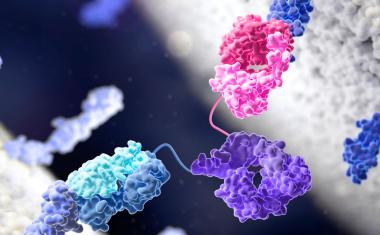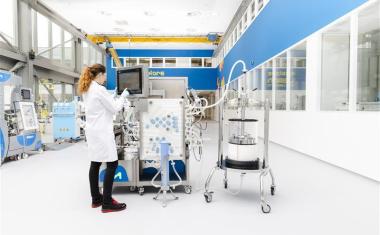Merck KGaA Places €1.5 Billion Bond for Sigma-Aldrich Deal
German chemical and pharmaceutical producer Merck KGaA has issued a €1.5 billion two-tranche hybrid bond as part of its financing package for the takeover of US fine chemicals producer Sigma-Aldrich.
Both tranches have a maturity of 60 years. The first tranche of €1 billion pays a coupon of 2.625% and contains an early redemption option for Merck after six and a half years. The second tranche, worth €500 million, carries a coupon of 3.375% and includes an early redemption right after 10 years.
Merck said the bond issue, which attracted the most interest from investors in Germany, France and UK, was "significantly oversubscribed." It said the issue improves its credit rating through an equity credit treatment from rating agencies Standard & Poor's and Moody's.
The bond is subordinated to all of the company's other financial liabilities.
"For the proposed Sigma-Aldrich acquisition, this hybrid transaction is a very important part of our financing structure. It is a clear signal to the capital markets that Merck is committed to a conservative financial policy," said chief financial officer Marcus Kuhnert.
Merck is rated A flat (negative outlook) by Standard & Poor's and A3 (under review for downgrade) by Moody's.
















